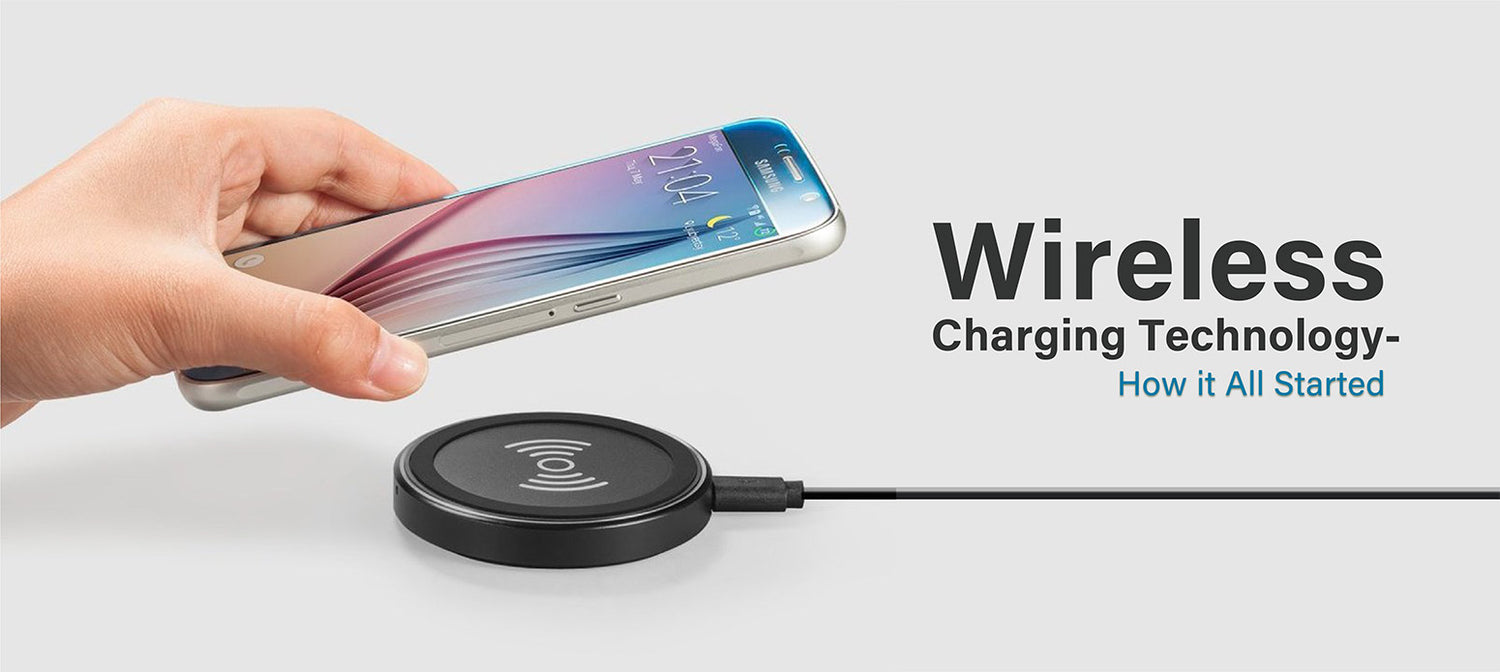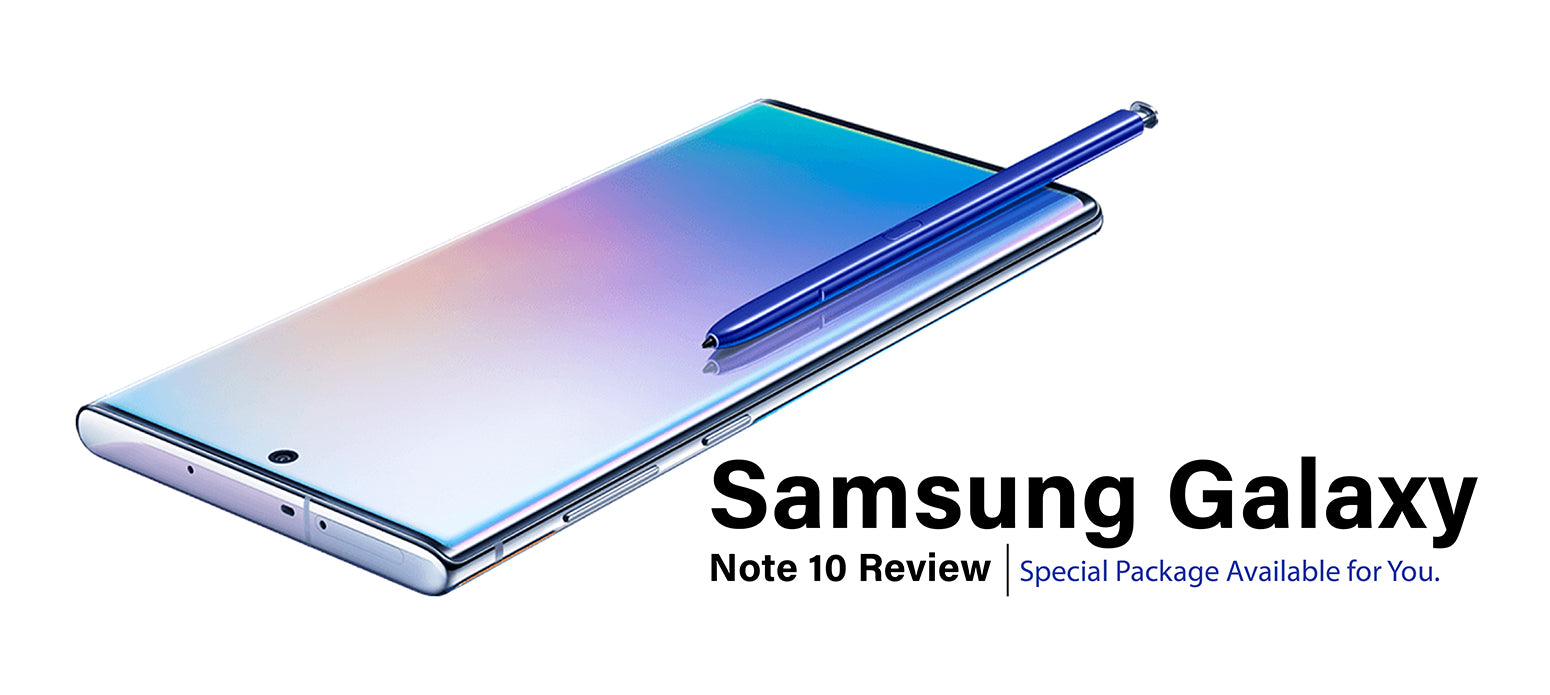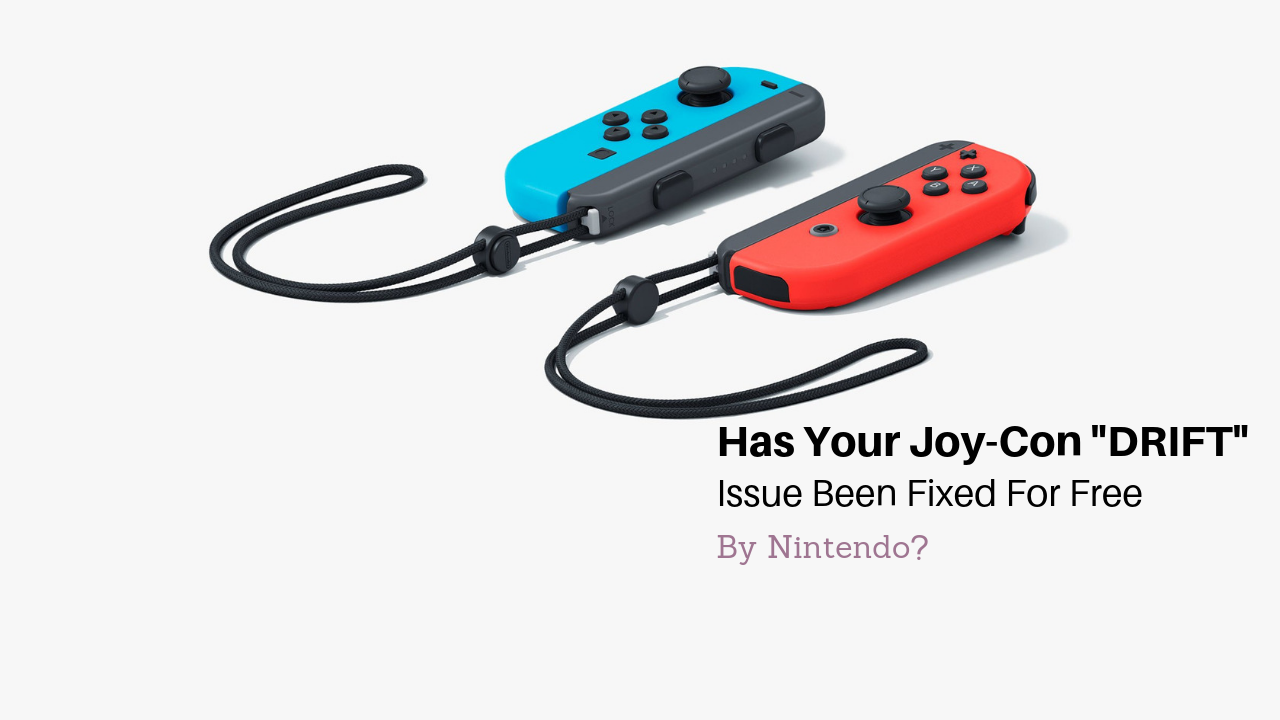Although the idea of wireless energy transmission has been birthed over a century ago by Tesla, it is not until recently it was accepted widely as a technology to be used in our conventional life. If you didn't know, wireless charging technology has been in use in electrical toothbrushes for a significantly long time, even before it gained traction in smartphones. Today, there are so many gadgets making use of wireless charging technology to improve their efficiency. Yet, many people still don't understand how this technology works and as humans, what we don't comprehend, we tend not to trust.

To properly understand this amazing technology, we must start from the foundation.
What is Wireless Charging?
In the most ordinary language, Wireless charging is a technology that helps your devices charge without any cable being attached to the device. Conventionally, charging a mobile device requires a cable (USB cord) as a medium to transfer power to smartphones. However, with wireless charging, such materialistic medium isn't required to top-up your devices.

Edging towards a little physics, wireless charging operates on the principle of magnetic induction and magnetic resonance. What is visible to you as a user is this - you place your phone on the wireless charging pad and you receive the notification that it has begun to charge. However, this is not all that happens. While you don't need to attach a cable to your device to charge it wirelessly, you still need to power the wireless charger with a cable plugged into your wall power outlet. The current that travels into the wireless charger from the power outlet generates a magnetic field. This magnetic field, in turn, produces a current in the coil present in the device that has been placed on the wireless charger. The magnetic energy present is then converted into electric energy which in turn charges the battery.
Note: Devices that support wireless charging are fitted with a special coil that enables the technology to function.
Initially, the most used wireless charging standard, Qi (pronounced as "chee") Standard made use of only magnetic induction, but now, it also supports magnetic resonance. Both methods of wireless charging operate similarly. However, magnetic resonance provides the opportunity for the device to be charged to remain some distance away from the wireless charger's surface. While this it is less efficient in some instances compared to magnetic induction, it does have its own advantages.
Wireless chargers based on magnetic induction compel you to leave your phone unused while charging. However, with magnetic resonance, you can top-up your phone while operating it.

A large surface area is needed to charge multiple devices on a wireless charger using the magnetic induction principle. However, you can charge multiple devices on a single normal-sized charging pad that uses magnetic resonance.
Although Qi Standard is the most popular and widely used standard for wireless charging technology, other standards are in use. These standards will be discussed in our next blog on Wireless Charging. Hence, make sure you stay updated and don't miss out on the next part.



Leave a comment
This site is protected by hCaptcha and the hCaptcha Privacy Policy and Terms of Service apply.